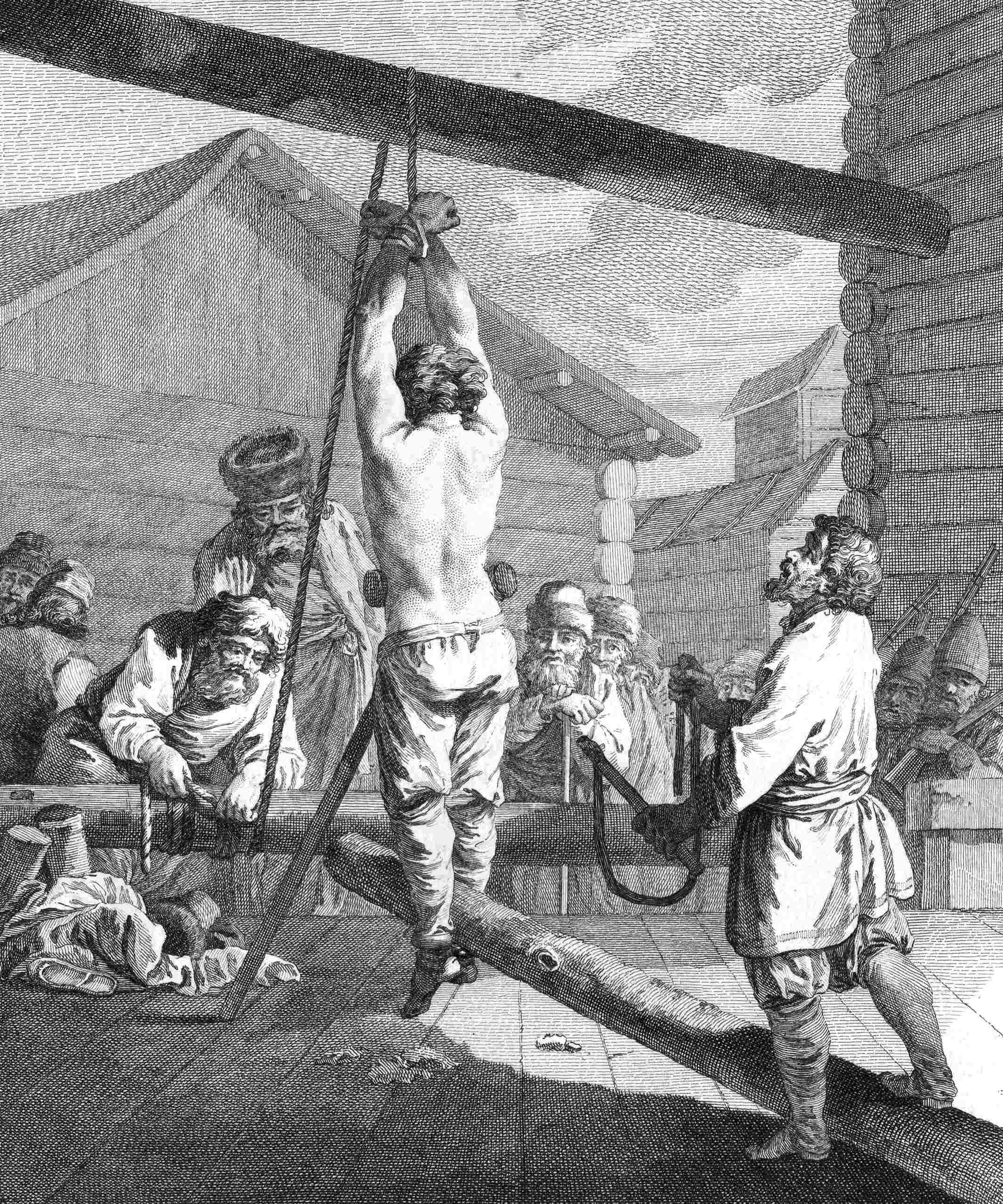|
Sankofa (film)
''Sankofa'' (Amharic: ሳንኮፋ) is a 1993 Ethiopian-produced drama film written and directed by Haile Gerima that is centered on the Atlantic slave trade. The storyline features Oyafunmike Ogunlano, Kofi Ghanaba, Mutabaruka, Alexandra Duah, and Afemo Omilami. The word Sankofa is derived from the Akan language of Ghana and means to "go back, look for, and gain wisdom, power and hope," according to Dr. Anna Julia Cooper. The word 'Sankofa' stresses the importance of one not drifting too far away from one's past in order to progress in the future. In the film, Sankofa is depicted by a bird and the chants and drumming of a Divine Drummer. Gerima's film shows the importance of people of African descent not drifting far away from their African roots. Gerima uses the journey of the character Mona to show how the African perception of identity included recognizing one's roots and "returning to one’s source" (Gerima). Plot The film opens with an elderly Divine Drummer, Sankofa (p ... [...More Info...] [...Related Items...] OR: [Wikipedia] [Google] [Baidu] |
Haile Gerima
Haile Gerima (born March 4, 1946) is an Ethiopian filmmaker who lives and works in the United States. He is a leading member of the L.A. Rebellion film movement, also known as the Los Angeles School of Black Filmmakers. Since 1975, Haile has been a film professor at Howard University in Washington, D.C. He is best known for ''Sankofa (1993 film), Sankofa'' (1993), which won two awards. Early life Gerima was born and raised in Gondar, Ethiopia. Haile is ethnic Amhara People, Amhara. His father was a dramatist and playwright, who traveled across the Ethiopian countryside staging local plays. He was an important early influence. He has discussed the unconscious effect representations of colonialism in film had on him as a child: ...as kids, we tried to act out the things we had seen in the movies. We used to play cowboys and Indians in the mountains around Gondar...We acted out the roles of these heroes, identifying with the cowboys conquering the Indians. We didn't identify with ... [...More Info...] [...Related Items...] OR: [Wikipedia] [Google] [Baidu] |
Cape Coast Castle
Cape Coast Castle () is one of about forty slave fort, "slave castles", or large commercial forts, built on the Gold Coast (region), Gold Coast of West Africa (now Ghana) by European traders. It was originally a Portuguese "feitoria" or Factory (trading post), trading post, established in 1555, which was named ''Cabo Corso''. In 1653, a timber fort was constructed by the Swedish Africa Company. It originally was a centre for timber and gold trade, and then was later used in the Atlantic slave trade. Other List of castles in Ghana, Ghanaian slave castles include Elmina Castle and Fort Christiansborg. They were used to harbour enslaved Africans before they were loaded onto ships and sold in the Americas, especially the Caribbean. This "gate of no return" was the last stop before crossing the Atlantic Ocean. Cape Coast Castle, along with other forts and castles in Ghana, are included on the UNESCO World Heritage List because of their testimony to the Atlantic gold and slave trades. ... [...More Info...] [...Related Items...] OR: [Wikipedia] [Google] [Baidu] |
Westernization
Westernization (or Westernisation, see spelling differences), also Europeanisation or occidentalization (from the ''Occident''), is a process whereby societies come under or adopt what is considered to be Western culture, in areas such as industry, technology, science, education, politics, economics, lifestyle, law, norms, mores, customs, traditions, values, mentality, perceptions, diet, clothing, language, writing system, religion, and philosophy. During colonialism it often involved the spread of Christianity. A related concept is Northernization, which is the consolidation or influence of the Global North. Westernization has been a growing influence across the world in the last few centuries, with some thinkers assuming Westernization to be the equivalent of modernization, a way of thought that is often debated. The overall process of Westernization is often two-sided in that Western influences and interests themselves are joined with parts of the affected society, at mini ... [...More Info...] [...Related Items...] OR: [Wikipedia] [Google] [Baidu] |
Colonialism
Colonialism is the control of another territory, natural resources and people by a foreign group. Colonizers control the political and tribal power of the colonised territory. While frequently an Imperialism, imperialist project, colonialism can also take the form of settler colonialism, whereby settlers from one or multiple colonizing metropoles occupy a territory with the intention of partially or completely supplanting the existing population. Colonialism developed as a concept describing European colonial empires of the modern era, which spread globally from the 15th century to the mid-20th century, spanning 35% of Earth's land by 1800 and peaking at 84% by the beginning of World War I. European colonialism employed mercantilism and Chartered company, chartered companies, and established Coloniality of power, coloniality, which keeps the colonized socio-economically Other (philosophy), othered and Subaltern (postcolonialism), subaltern through modern biopolitics of Heterono ... [...More Info...] [...Related Items...] OR: [Wikipedia] [Google] [Baidu] |
Flogged
Flagellation (Latin , 'whip'), flogging or whipping is the act of beating the human body with special implements such as whips, rods, switches, the cat o' nine tails, the sjambok, the knout, etc. Typically, flogging has been imposed on an unwilling subject as a punishment; however, it can also be submitted to willingly and even done by oneself in sadomasochistic or religious contexts. The strokes are typically aimed at the unclothed back of a person, though they can be administered to other areas of the body. For a moderated subform of flagellation, described as ''bastinado'', the soles of a person's bare feet are used as a target for beating (see foot whipping). In some circumstances the word ''flogging'' is used loosely to include any sort of corporal punishment, including birching and caning. However, in British legal terminology, a distinction was drawn between ''flogging'' (with a cat o' nine tails) and ''whipping'' (formerly with a whip, but since the early 19th ... [...More Info...] [...Related Items...] OR: [Wikipedia] [Google] [Baidu] |
Mixed-race
The term multiracial people refers to people who are mixed with two or more races and the term multi-ethnic people refers to people who are of more than one ethnicities. A variety of terms have been used both historically and presently for multiracial people in a variety of contexts, including ''multiethnic'', ''polyethnic'', occasionally ''bi-ethnic'', ''biracial'', ''mixed-race'', ''Métis'', '' Muwallad'', ''Melezi'', ''Coloured'', '' Dougla'', ''half-caste'', '' ʻafakasi'', ''mulatto'', ''mestizo'', '' mutt'', '' Melungeon'', ''quadroon'', ''octoroon'', '' griffe'', ''sacatra'', '' sambo/zambo'', '' Eurasian'', ''hapa'', '' hāfu'', '' Garifuna'', ''pardo'', and '' Gurans''. A number of these once-acceptable terms are now considered offensive, in addition to those that were initially coined for pejorative use. Individuals of multiracial backgrounds make up a significant portion of the population in many parts of the world. In North America, studies have found that the mul ... [...More Info...] [...Related Items...] OR: [Wikipedia] [Google] [Baidu] |
Shango
Shango (Yoruba language: Ṣàngó, also known as Changó or Xangô in Latin America; as Jakuta or Badé; and as Ṣangó in Trinidad Orisha) is an Orisha (or spirit) in Yoruba religion. Genealogically speaking, Shango is a royal ancestor of the Yoruba as he was the third Alaafin of the Oyo Kingdom prior to his posthumous deification. Shango has numerous manifestations, including Airá, Agodo, Afonja, Lubé, and Obomin. He is known for his powerful double axe (Oṣè). He is considered to be one of the most powerful rulers that Yorubaland has ever produced. In the New World, he is syncretized with either Saint Barbara or Saint Jerome. Historical figure Ṣàngó was the third Alaafin of Oyo, following Oranmiyan and Ajaka. He brought prosperity to the Oyo Empire. According to Professor Mason's ''Mythological Account of Heroes and Kings'', unlike his peaceful brother Ajaka, he was a powerful and violent ruler. He reigned for seven years which were marked by his continuous ca ... [...More Info...] [...Related Items...] OR: [Wikipedia] [Google] [Baidu] |
West Indian
A West Indian is a native or inhabitant of the West Indies (the Antilles and the Lucayan Archipelago). According to the ''Oxford English Dictionary'' (''OED''), the term ''West Indian'' in 1597 described the indigenous inhabitants of the West Indies, by 1661 the term defined "an inhabitant or native of the West Indies, of European origin or descent." In the 1950s, coinciding with decolonization and the arrival of Afro-Caribbean migrants in the United Kingdom, ''West Indian'' referred to those who were Black. Inclusively, in 1961 all inhabitants of the West Indies Federation were termed ''West Indian'' regardless of their descent, besides West indian Indo-Caribbean people sometimes also use the term ''East Indian West Indian''. The ''OED'' now defines it simply as a citizen of any West Indies nation. Some West Indian people reserve this term for citizens or natives of the British West Indies only, to the exclusion of not just the Hispanophones, but also French and Dutch West Indi ... [...More Info...] [...Related Items...] OR: [Wikipedia] [Google] [Baidu] |
Southern United States
The Southern United States (sometimes Dixie, also referred to as the Southern States, the American South, the Southland, Dixieland, or simply the South) is List of regions of the United States, census regions defined by the United States Census Bureau. It is between the Atlantic Ocean and the Western United States, with the Midwestern United States, Midwestern and Northeastern United States to its north and the Gulf of Mexico and Mexico to its south. Historically, the South was defined as all states south of the 18th-century Mason–Dixon line, the Ohio River, and the Parallel 36°30′ north, 36°30′ parallel.The South . ''Britannica''. Retrieved June 5, 2021. Within the South are different subregions such as the Southeastern United States, Southeast, South Central United States, South Central, Upland South, Upper South, and ... [...More Info...] [...Related Items...] OR: [Wikipedia] [Google] [Baidu] |
Plantations In The American South
Plantation complexes were common on agricultural plantations in the Southern United States from the 17th into the 20th century. The complex included everything from the main residence down to the Pen (enclosure), pens for livestock. Until the abolition of Slavery in the United States, slavery, such plantations were generally self-sufficient settlements that relied on the forced labor of enslaved people. Plantations are an important aspect of the history of the Southern United States, particularly before the American Civil War. The mild temperate climate, plentiful rainfall, and fertile soils of the Southeastern United States allowed the flourishing of large plantations, where large numbers of enslaved Africans were held captive and forced to produce crops to create wealth for a white elite. Today, as was also true in the past, there is a wide range of opinion as to what differentiated a plantation from a farm. Typically, the focus of a farm was subsistence agriculture. In cont ... [...More Info...] [...Related Items...] OR: [Wikipedia] [Google] [Baidu] |
Human Branding
Human branding or stigmatizing is the process by which a mark, usually a symbol or ornamental pattern, is burned into the skin of a living person, with the intention of the resulting scar making it permanent. This is performed using a hot or Freeze-branding, very cold branding iron. It therefore uses the physical techniques of livestock branding on a human, either with consent as a form of body modification; or under coercion, as a punishment or to identify an slavery, enslaved, oppressed, or otherwise controlled person. It may also be practiced as a "rite of passage", e.g. within a tribe, or to signify membership of or acceptance into an organization. Etymology The English verb "to burn", attested since the 12th century, is a combination of Old Norse ''brenna'' "to burn, light", and two originally distinct Old English verbs: ''bærnan'' "to kindle" (transitive) and ''beornan'' "to be on fire" (intransitive), both from the Proto-Germanic root ''bren(wanan)'', perhaps from a Proto ... [...More Info...] [...Related Items...] OR: [Wikipedia] [Google] [Baidu] |






